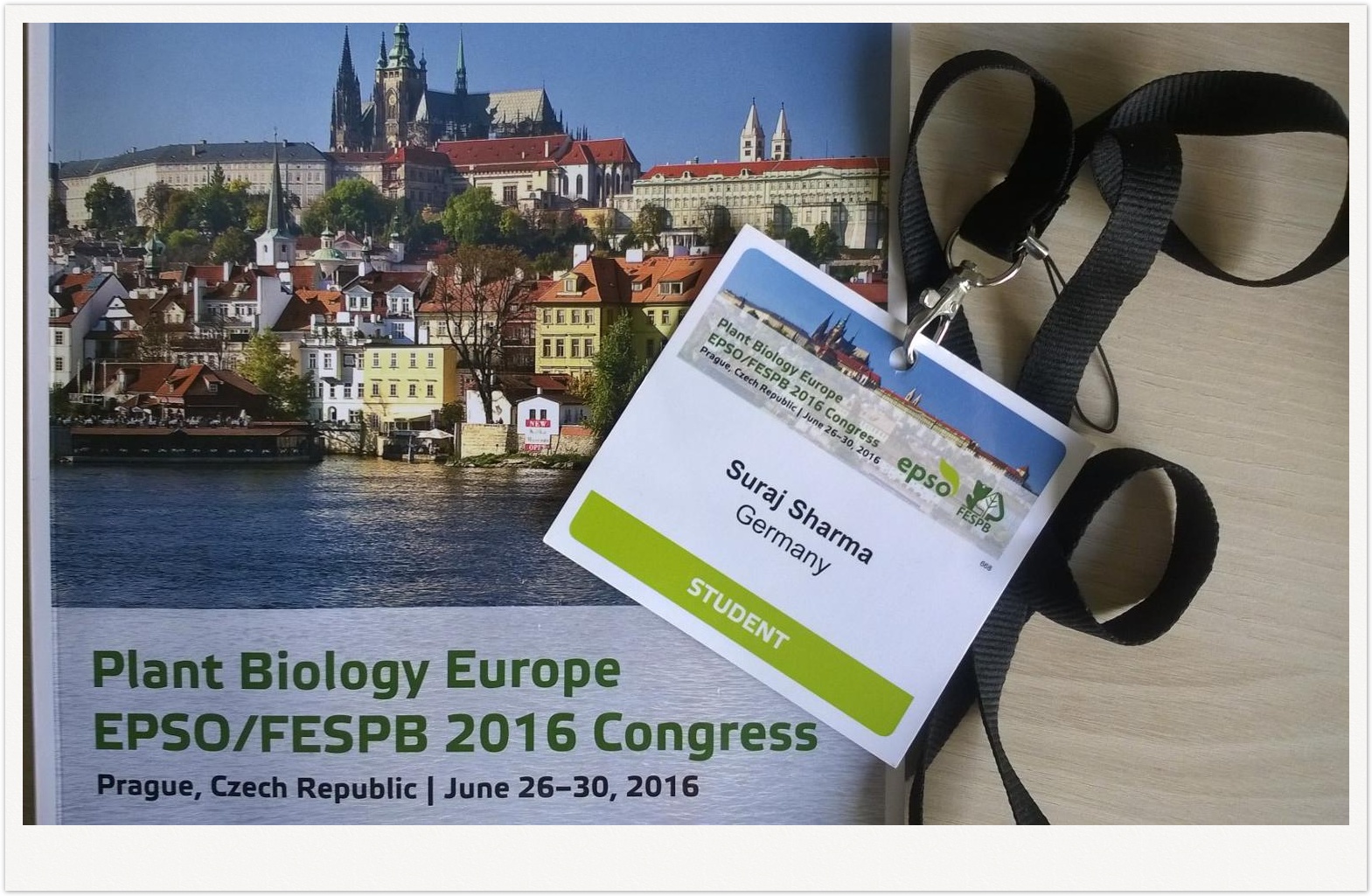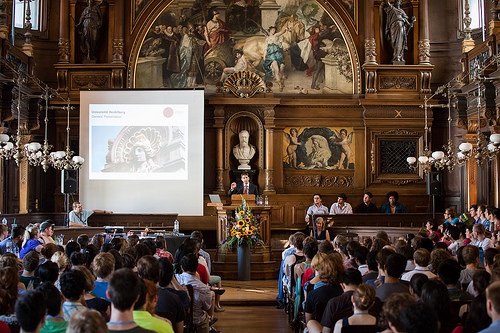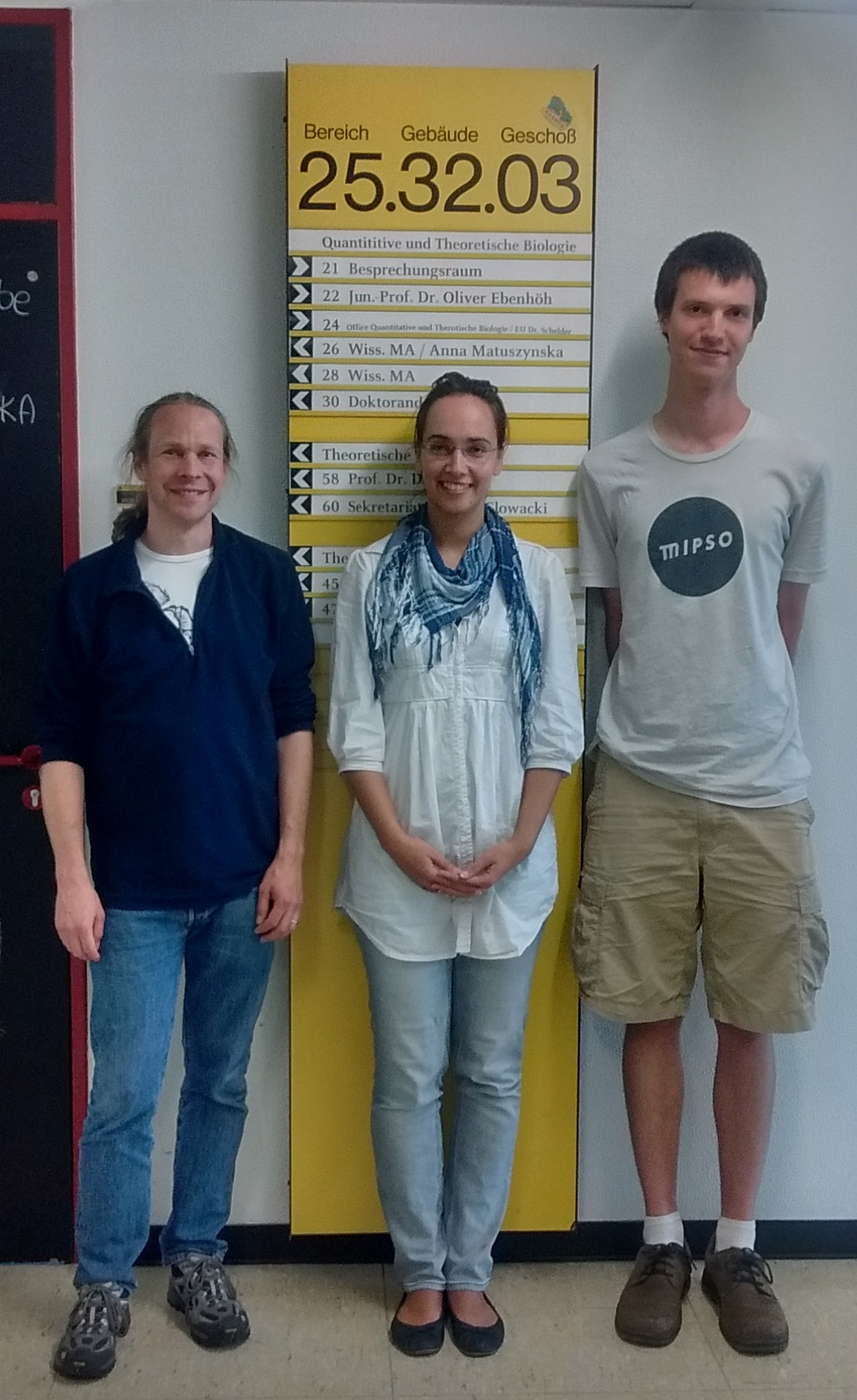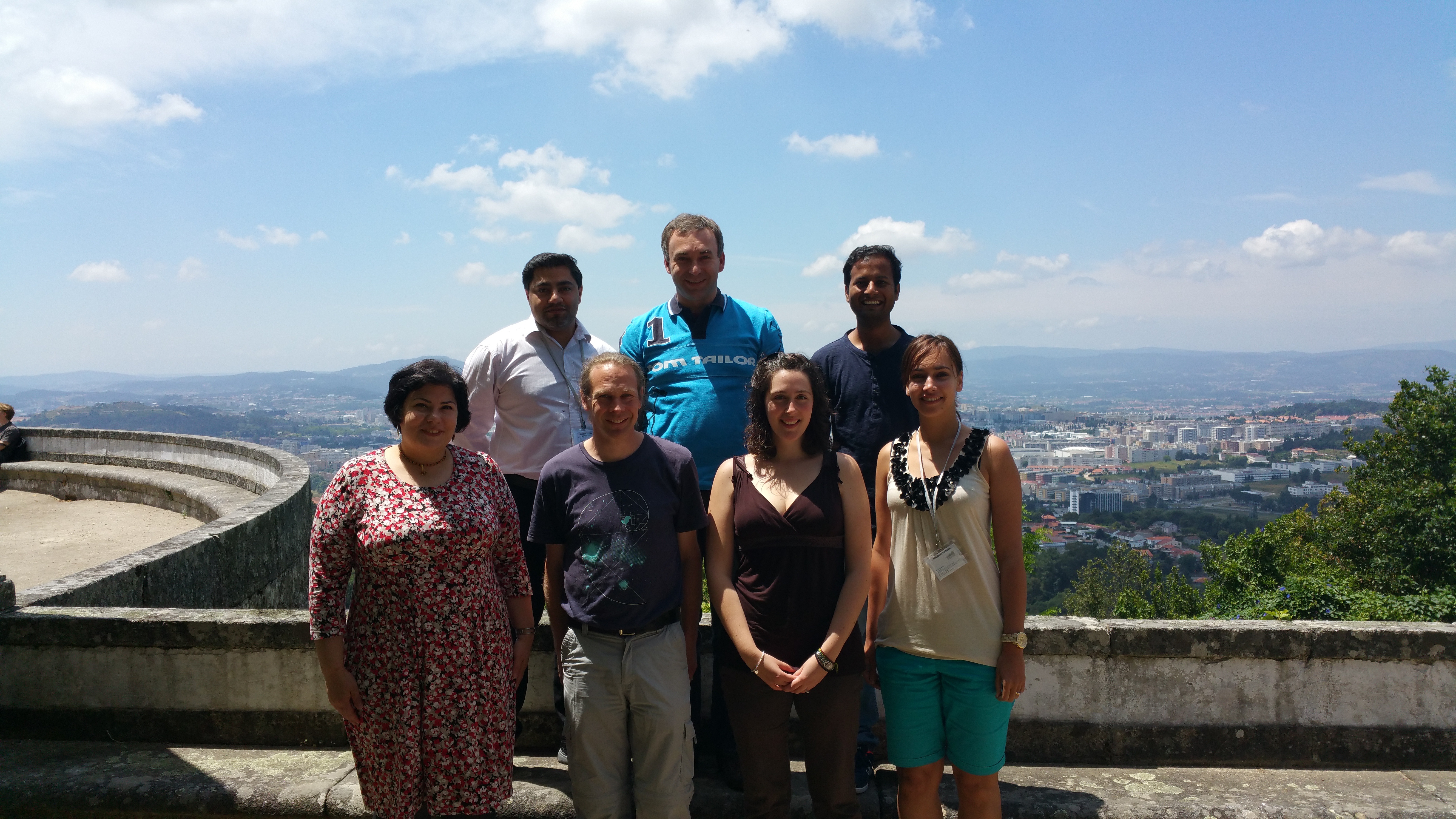September 14/15 we had the fourth QTB group retreat, this time in the Eifel in Zweifall. We discussed a broad range of topics including minimal forests, group I introns, minimising genome-scale networks etc. Maybe they get covered here in future posts.
I presented the question how rapid, long-range signals may work in plants. In retrospect, I should have called the topic long-distance information transmission in plants. Animals have a nerval system to integrate the stimuli from various sensing organs, process this information, and trigger an appropriate response. This response often involves a coordinated muscle movement to run away from the danger. How do plants integrate information from external stimuli?
Surely, plants react in a coordinated fashion. If a caterpillar chews on one leaf, other leaves start producing nasty compounds, poisonous or at least with a terrible taste. If a pathogen attacks, also other parts of the plant trigger a defensive response (systemic acquired resistance, SAR). Salt stress triggers all kind of responses throughout the plants, and so does drought. So, how is it working?
In principle, long-range transmission of signals in plants could work in various ways: Transport of signalling molecules through the phloem, volatiles travelling through the air from one part of the plant to another, hydraulic pressure signals, electric signals, etc. But are these signal transmission mechanisms capable of carrying information? Could they be modulated, much in the fashion of spiking frequency in neurons? Are several routes necessary to integrate information?
The recent results by Simon Gilroy have shown that calcium waves travel across Arabidopsis rosettes in only a minute or so, after local wounding. The response was the same for caterpillar chewing or cutting with scissors. Moreover, calcium waves have also been observed triggered by high salt concentration. So what is the role of the calcium wave in transmitting information? Can this signal be used to differentially transmit the different causes of stress? If so, how? If not, what other transmission routes play a role and how are they interlinked?
A great discussion, which may well results in a number of fascinating research projects at QTB!



